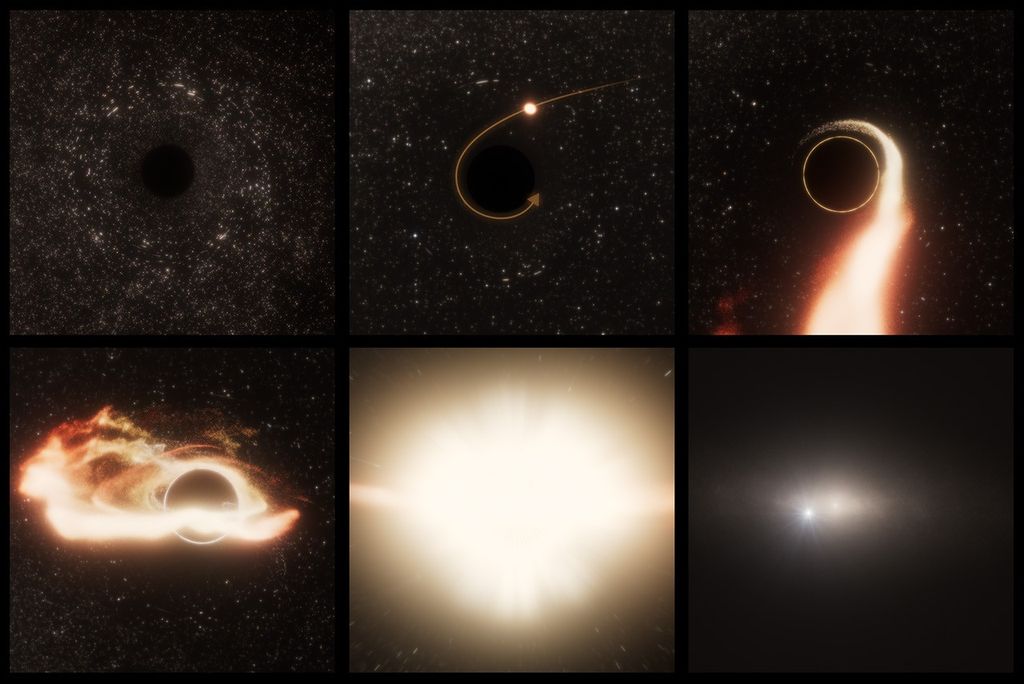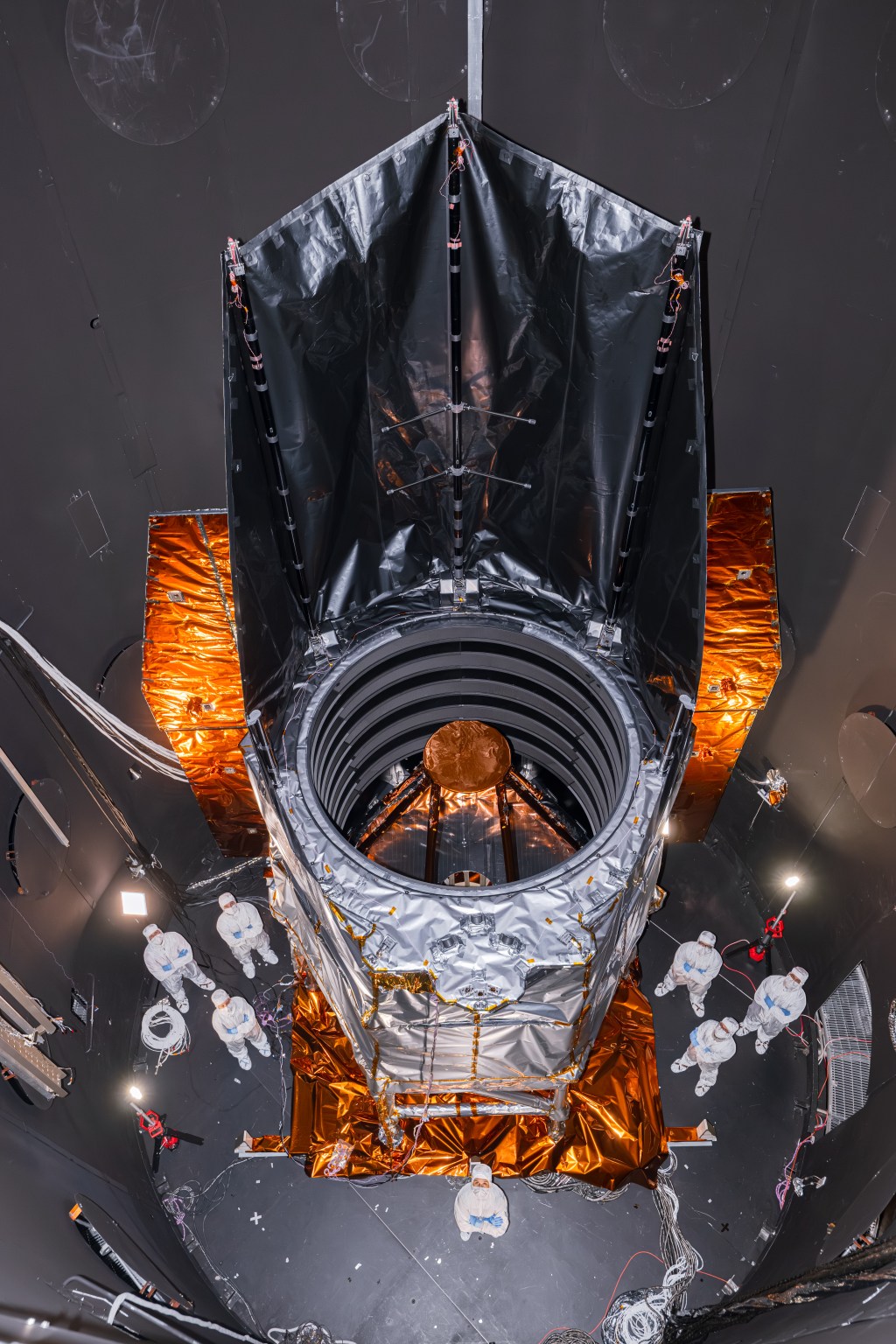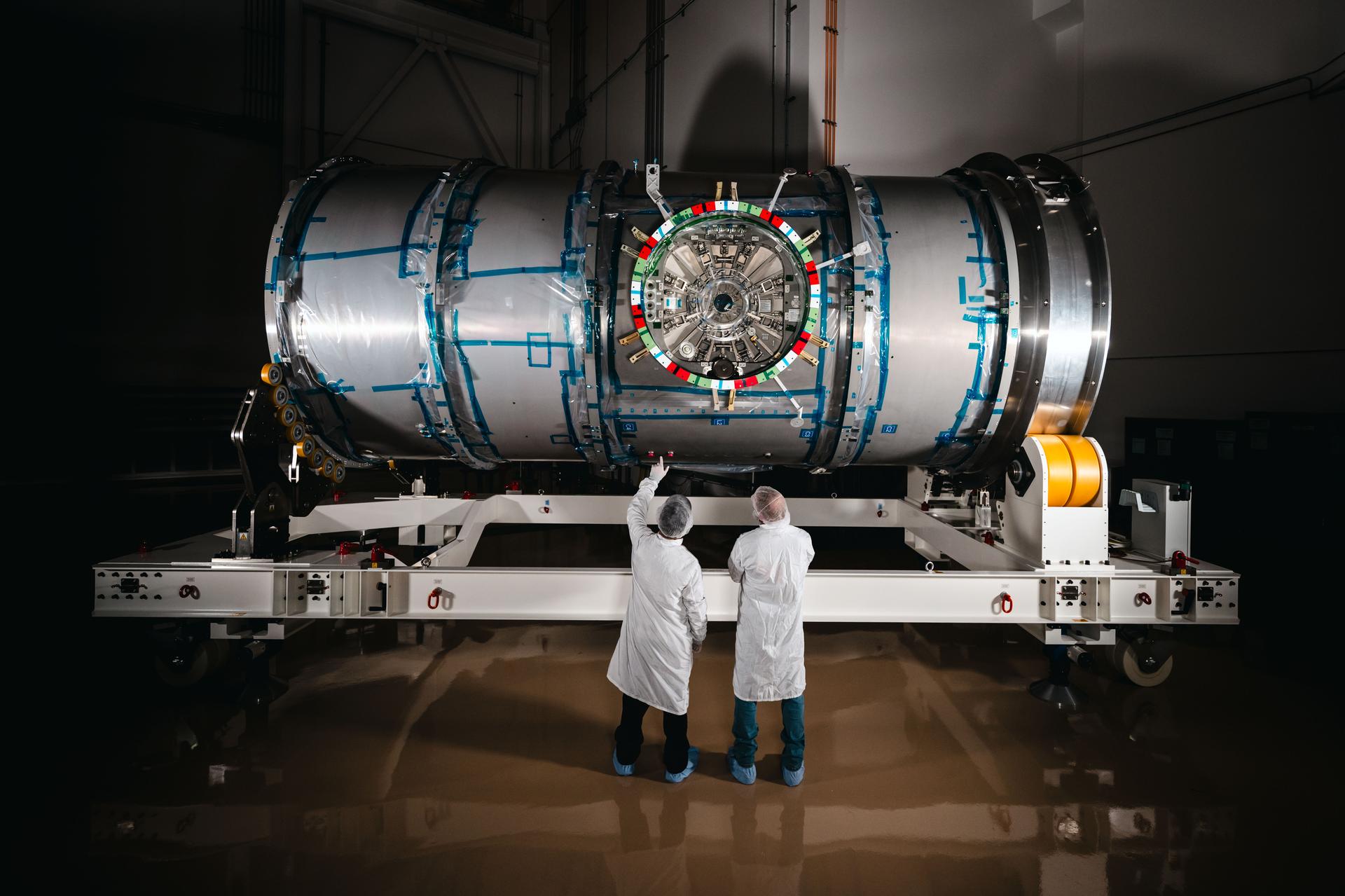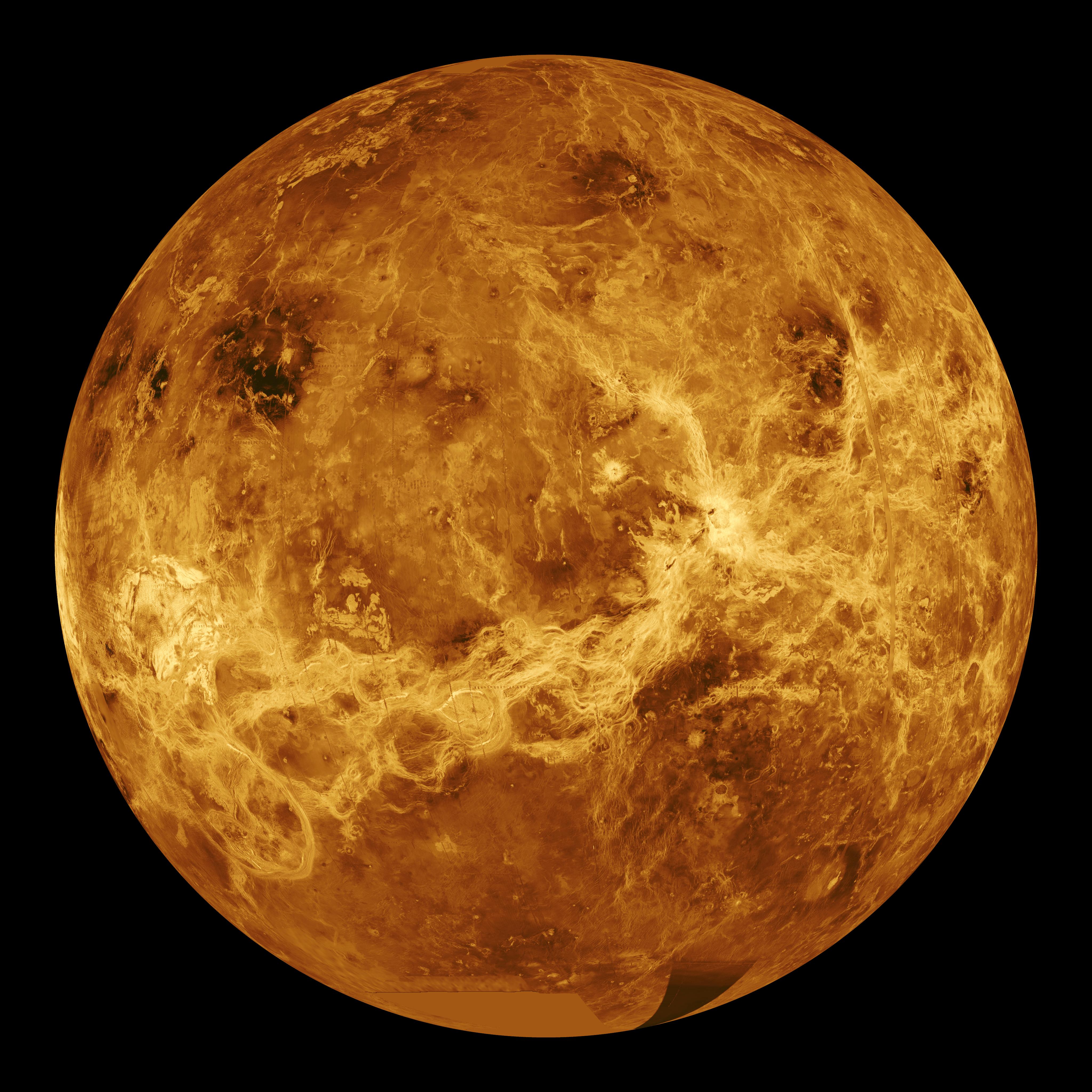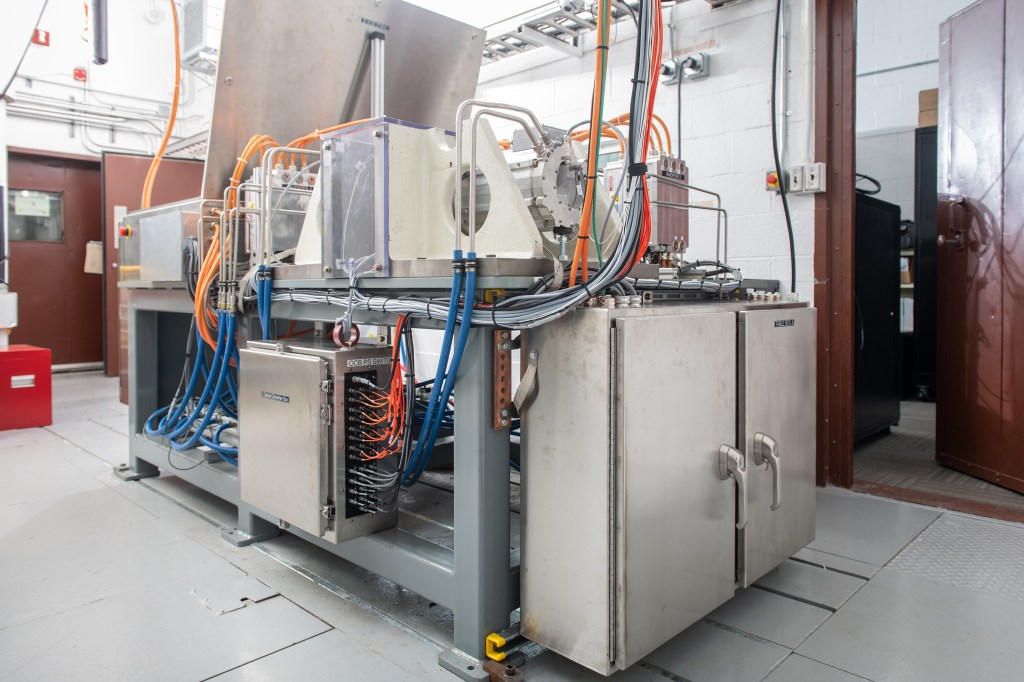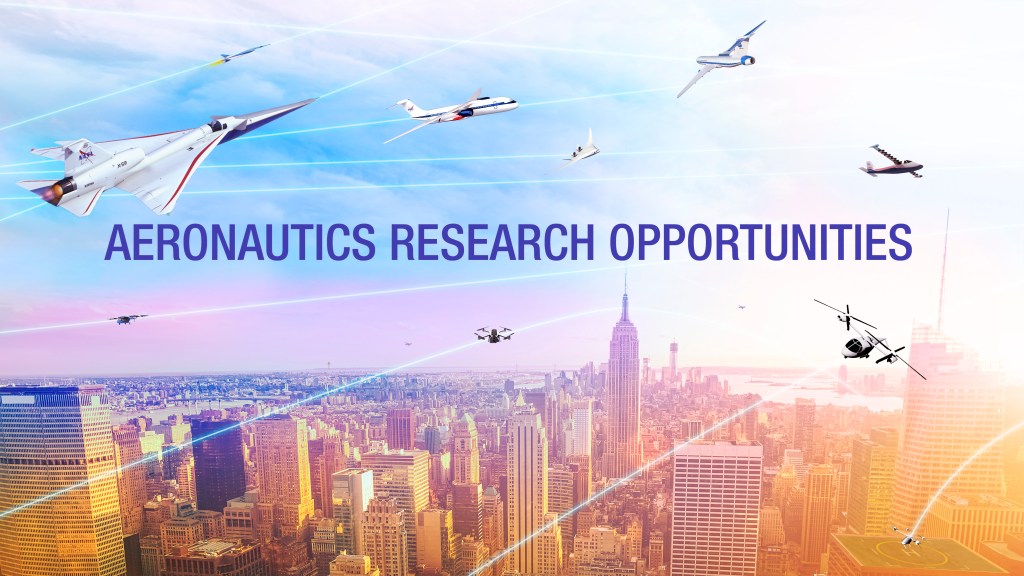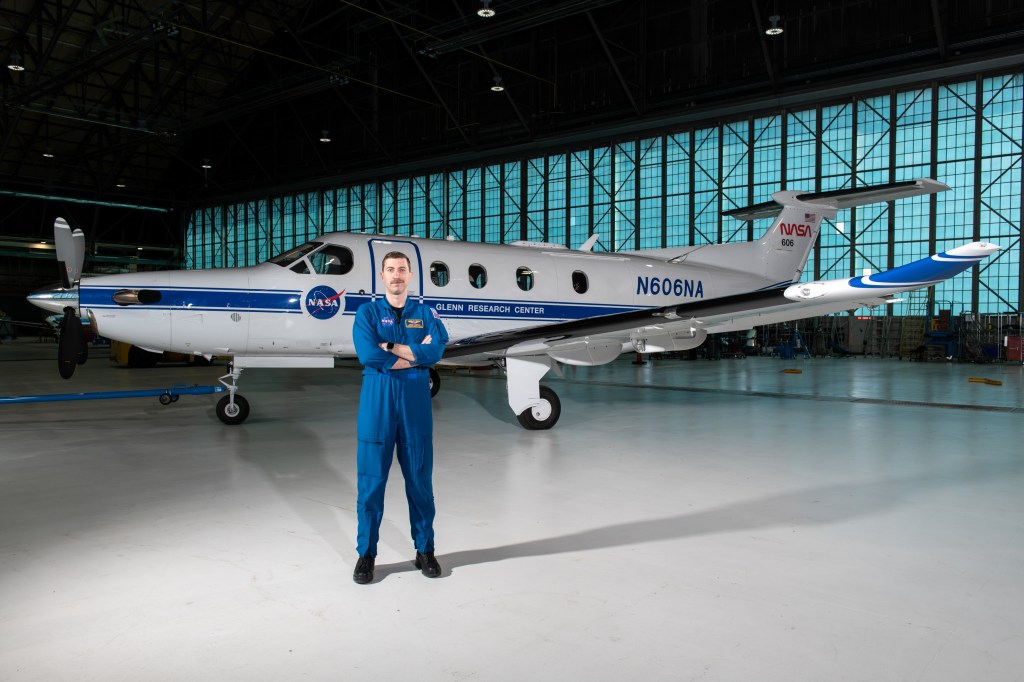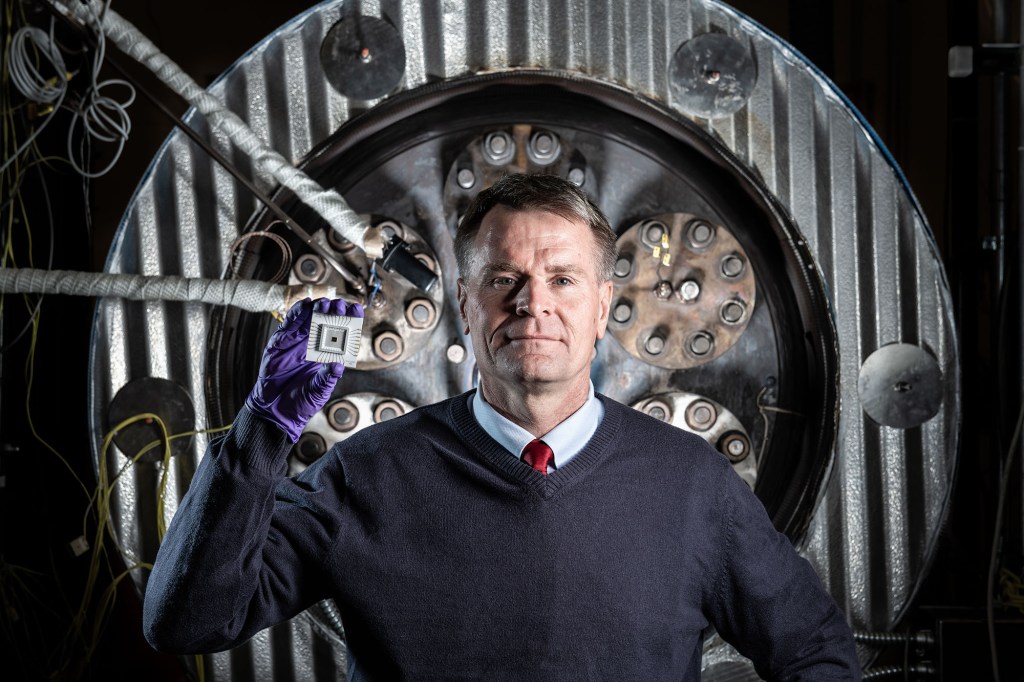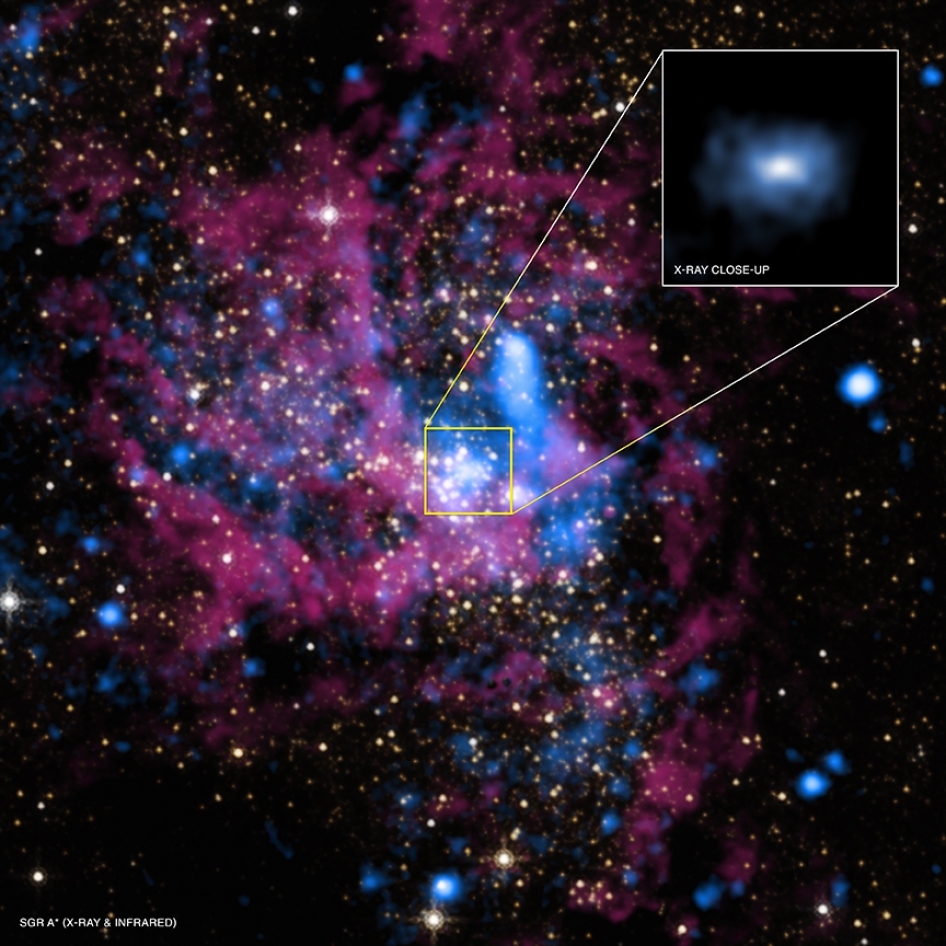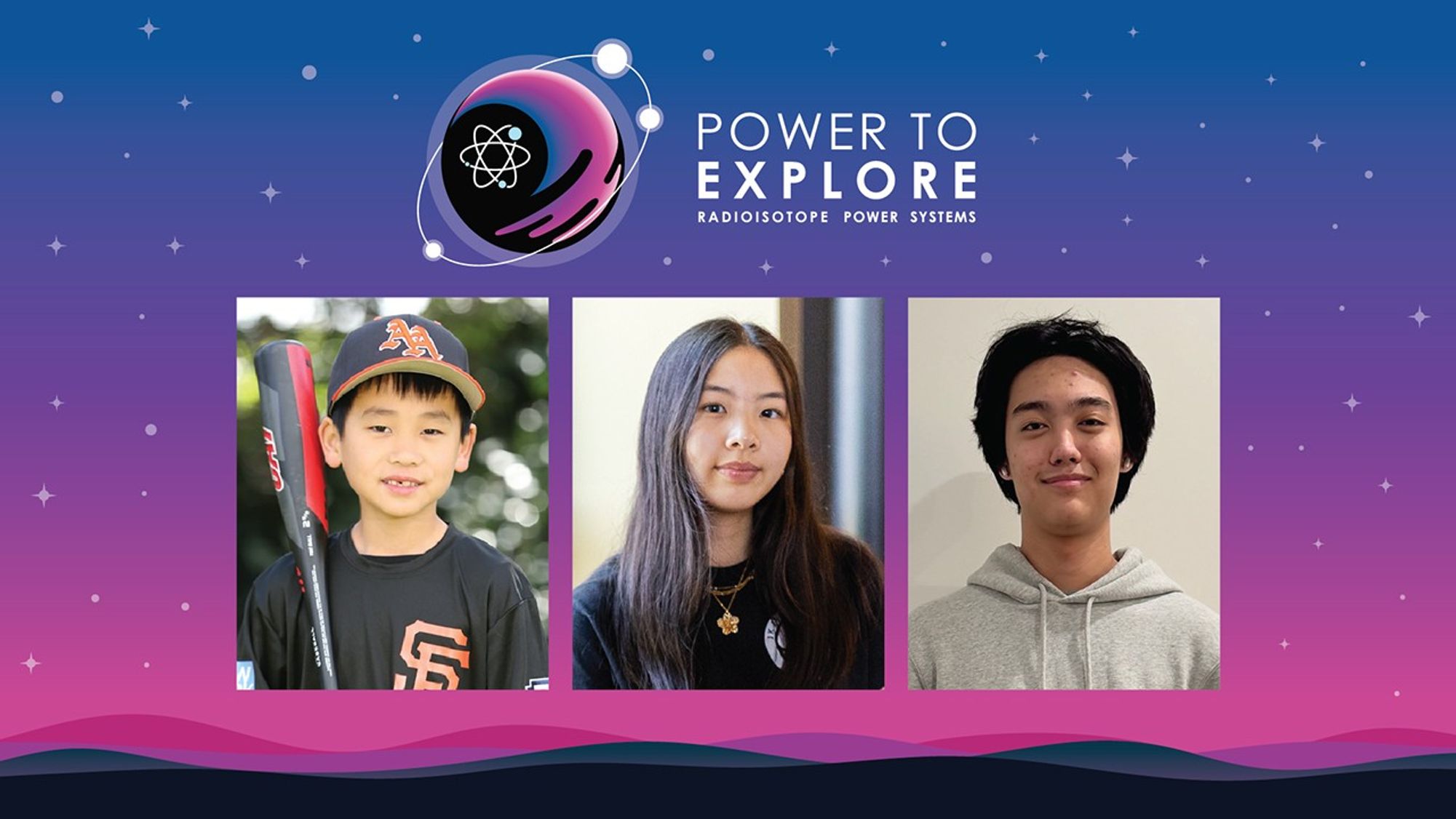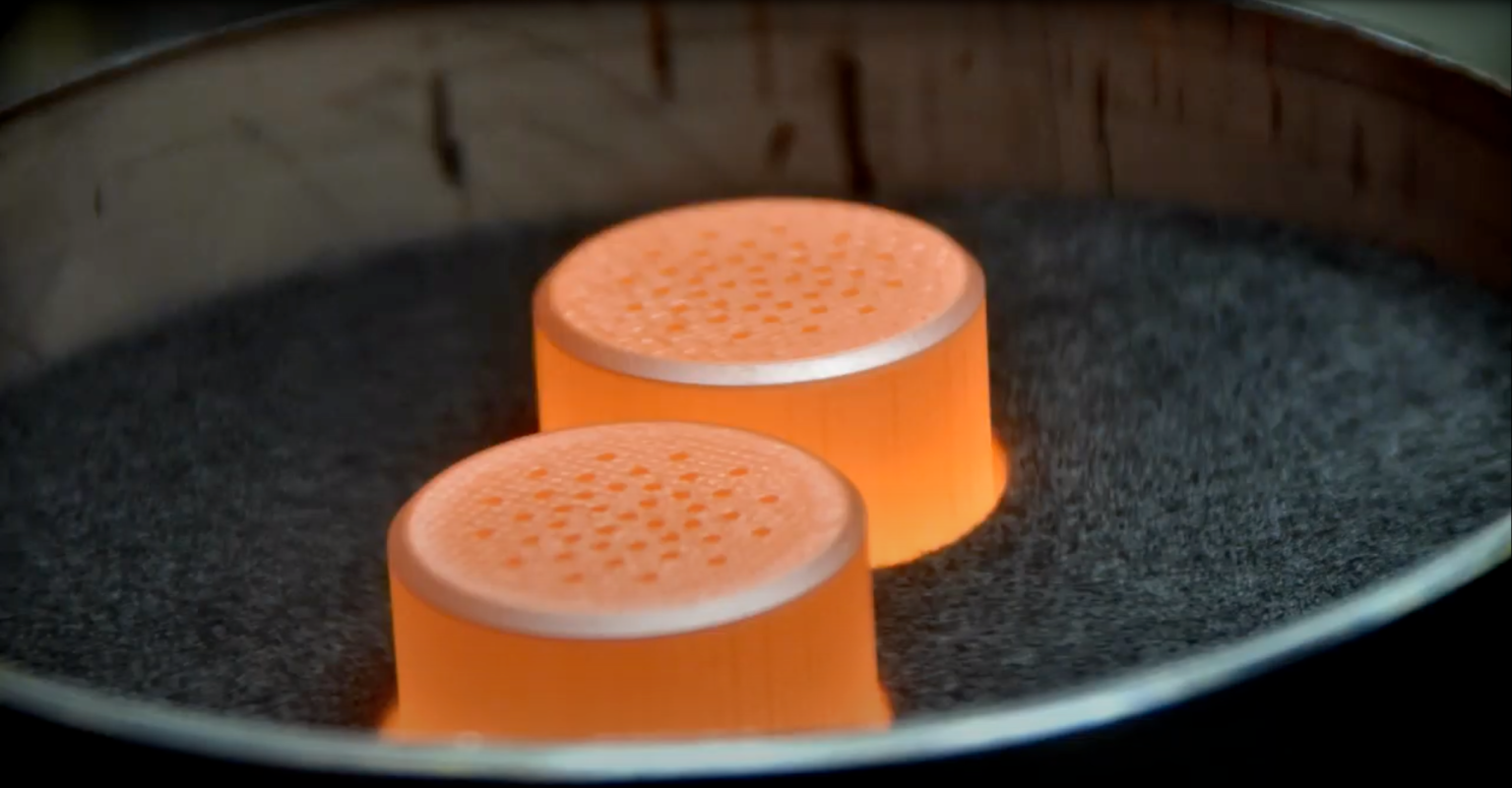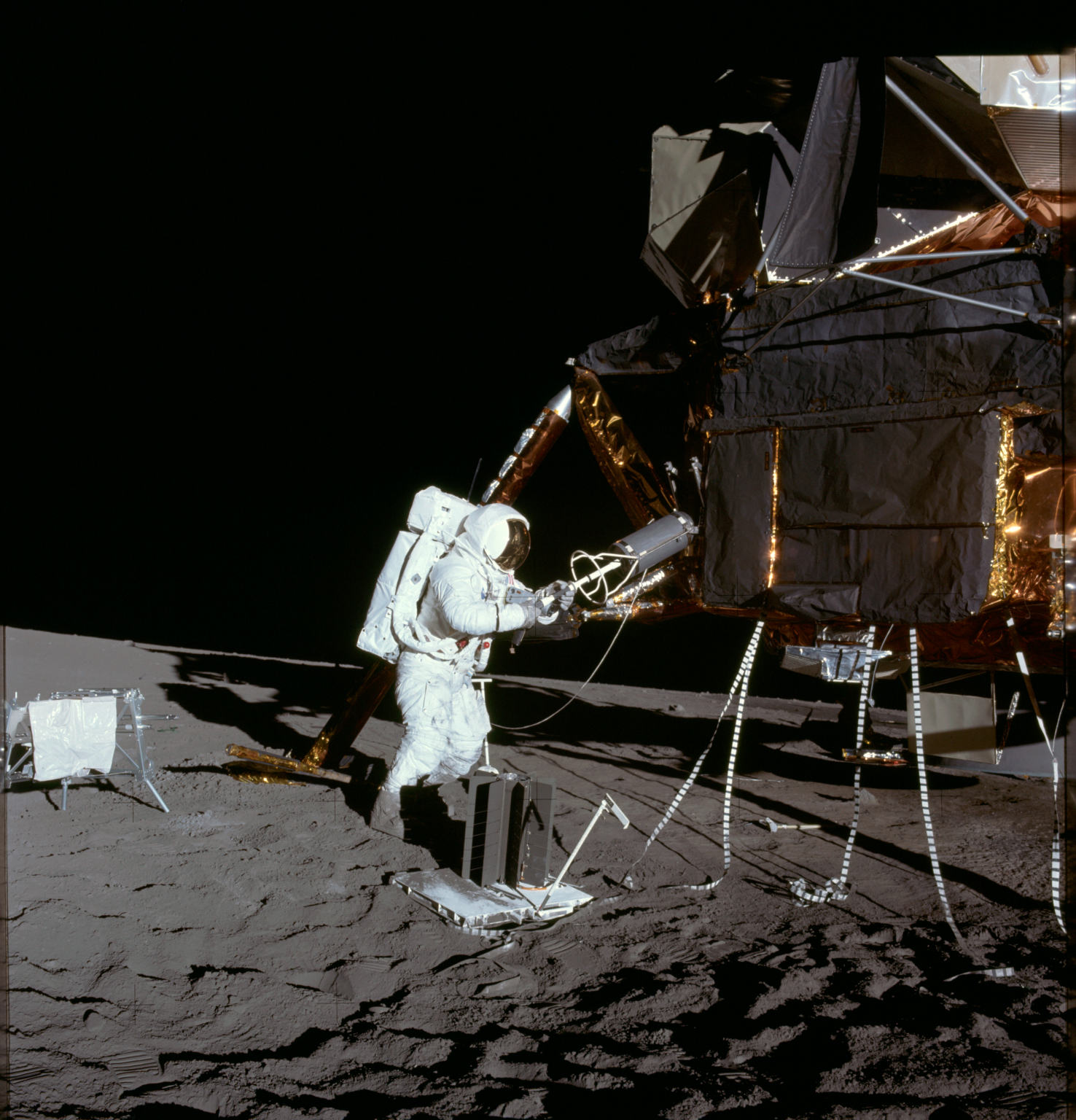NASA Selects Winners of the 2024-2025 Power to Explore Challenge
NASA has chosen three winners out of nine finalists in the fourth annual Power to Explore Challenge, a national writing competition designed to teach K-12 students about the enabling power of radioisotopes for space exploration.
Grades K-4
- Terry Xu, Arcadia, California
Grades 5-8
- Maggie Hou, Snohomish, Washington
Grades 9-12
- Kairat Otorov, Trumbull, Connecticut
About the Challenge
The challenge is funded by the Radioisotope Power Systems Program Office in NASA’s Science Mission Directorate and administered by Future Engineers under a Small Business Innovation Research phase III contract. This task is managed by the NASA Tournament Lab, a part of the Prizes, Challenges, and Crowdsourcing Program in NASA’s Space Technology Mission Directorate.
About the Power to Explore Student Essay Challenge 2024 - 2025
Did you know that our solar system has more than 891 moons? This includes 421 officially recognized moons orbiting planets — including Pluto. These moons provide an incredible opportunity for discovery. Radioisotope Power Systems, a type of nuclear "battery," have powered missions near Jupiter's moon Io, where over 400 active volcanoes were revealed; Saturn's dusty moon Titan, where it helped uncover its methane lakes, oceans, and rivers; and Pluto's moon Charon, where NASA recently discovered jagged mountains and deep canyons.
If you could plan an RPS-powered mission to any moon in our solar system, which moon would you choose to unravel its mysteries?
NASA wants to know what you plan to explore, the discoveries you hope to make, and how you would use this special power to achieve mission success.
Your entry should address the topics below:
- Dark, dusty, or distant mission destination: Tell us which moon your RPS-powered space mission will go and describe your mission goal(s). Keep in mind that your mission can either flyby, orbit, land, or rove.
- Radioisotope Power Systems (RPS): Explain the importance and advantages of using RPS for this mission. How does this technology overcome the challenges of these extreme environments and destinations?
- Your power: NASA missions are also powered by people – from mission planning and development, to designing, launching, and operating a spacecraft. Tell us what you think your unique power is and how your special power will help you achieve mission success. Your power could be a skill, personality trait, or other personal strength that is uniquely you.


